Parenting a toddler can be both rewarding and challenging, especially when it comes to keeping them entertained and engaged. At 18 months old, your little one is full of curiosity, eager to explore their surroundings, and developing new skills rapidly. But how do you find DIY activities for 18 month old toddlers that are both fun and beneficial to their development? Do you ever wonder how to make the most of playtime with activities that also support their growth?
If you’re a parent looking for easy, affordable, and creative ways to keep your toddler busy while encouraging their learning, you’ve come to the right place. In this post, we’ll explore 18 simple DIY activities that will help your 18-month olds develop motor skills, creativity, and cognitive abilities—all while having fun. Ready to discover some exciting ways to keep those little hands busy?
DIY Activities for 18-Month-Old Toddlers
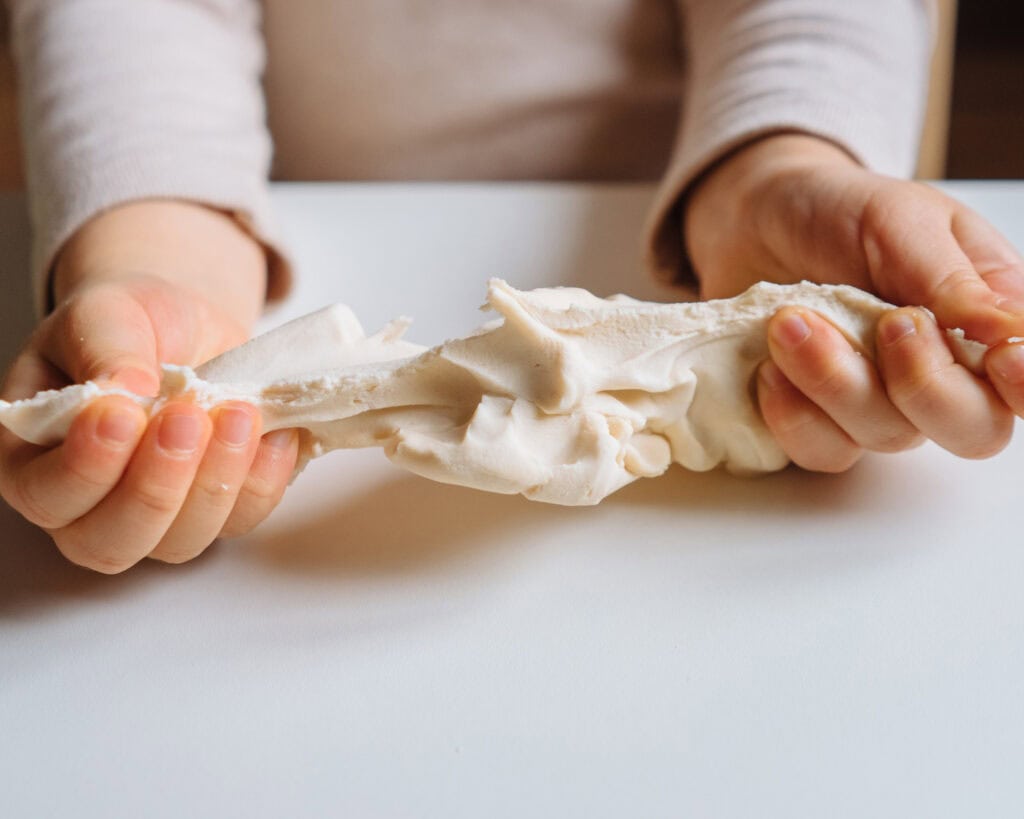
1. Sensory Play with Homemade Play Dough
Sensory activities/play is crucial at this age, as it helps toddlers explore the world through touch, smell, and sight. A perfect DIY sensory activity to get them used to different textures is homemade playdough. It’s easy to make, customizable with colors and scents, and safe for little ones to handle.
To make your own, you’ll need basic ingredients like flour, salt, water, and food coloring. Let your toddler help with safe tasks like pouring ingredients or choosing colors. Once the dough is ready, encourage them to squish, roll, and mold the dough into different shapes. You can even add textures by introducing everyday items like cookie cutters or small toys.
Not only does this activity engage their senses, but it also builds fine motor skills and sparks creativity. It’s a fun and easy way to introduce your toddler to the world of tactile exploration. Plus, playdough can keep them occupied for longer periods, giving you a little break!
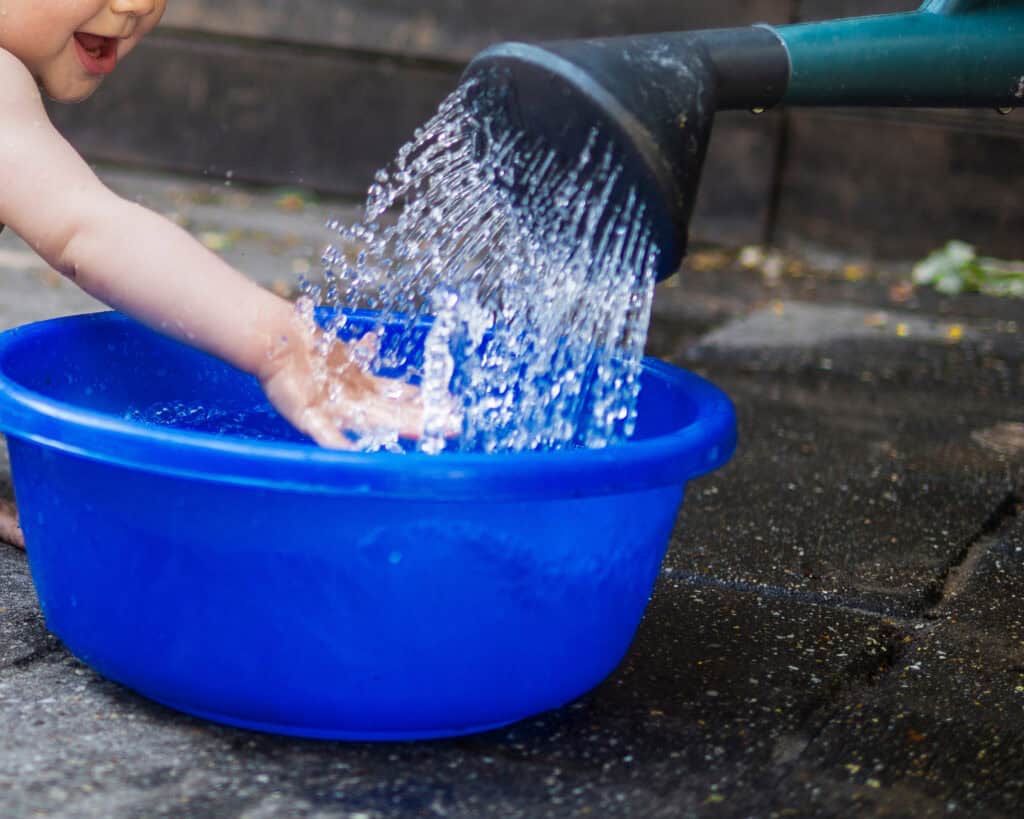
2. Water Play with Household Items
Water play is another favorite for toddlers. It’s messy, yes, but it’s also a great way to beat boredom and help with sensory development. You don’t need a pool—just grab a shallow tub or even the kitchen sink! Fill it with water and give your toddler small household items like plastic cups, spoons, and sponges.
Supervised water play is excellent for hand-eye coordination and offers endless opportunities for imagination. Your child will love pouring water from one container to another, squeezing sponges, or trying to catch floating objects. It’s a simple activity that can be done both indoors and outdoors, making it a go-to for any time of the year.
Water play doesn’t just keep your toddler entertained; it also teaches basic concepts like volume and cause-and-effect in a fun, hands-on way. Just be sure to supervise closely to ensure safe play.
3. Indoor Obstacle Course for Physical Activity
Indoor activities like an obstacle course is a fantastic gross motor activities and great way to help your 18-month-old burn off energy and develop gross motor skills. You can create a simple course using household objects like pillows, chairs, and blankets. Set up soft areas to crawl under, cushions to climb over, and spaces to jump from one spot to another.
Encouraging your child to navigate the course helps improve physical development like balance, coordination, and problem-solving skills. Plus, they’ll love the challenge and excitement of completing each part of the course. Make it more fun by cheering them on or racing through the course together!
This activity is perfect for those rainy or cold days when playing outside isn’t an option. You can even change the course each time to keep it fresh and exciting.
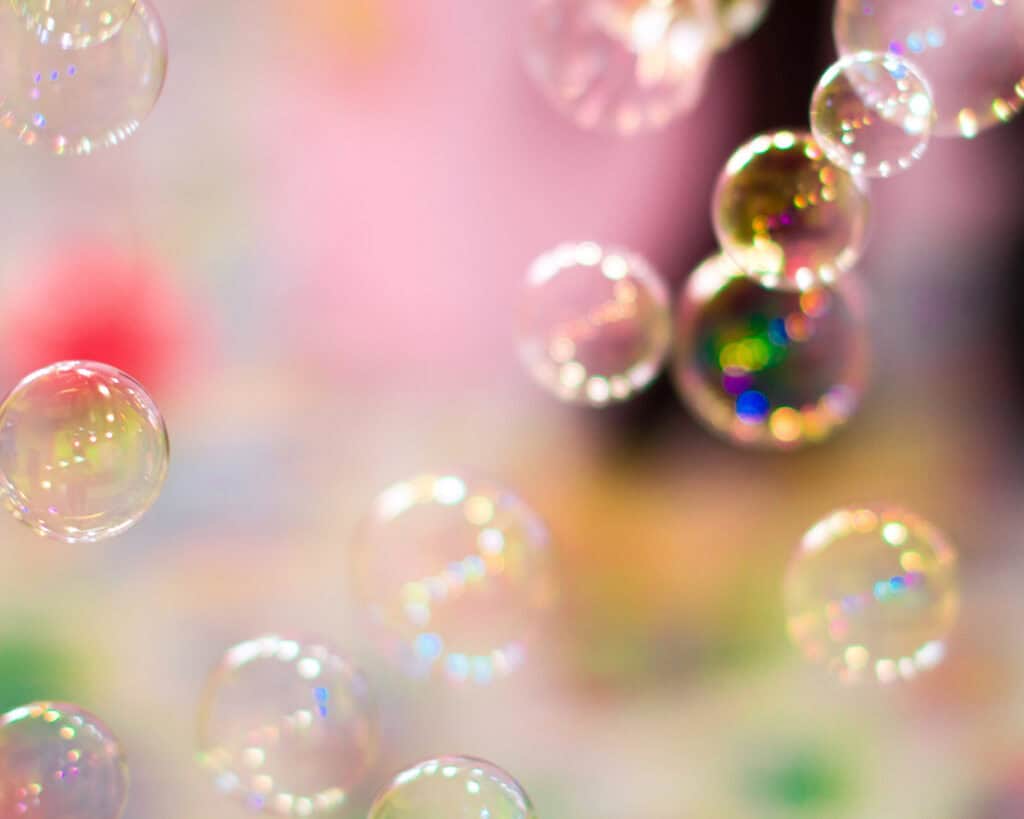
4. Bubble Blowing Fun
Bubbles are a simple yet magical way to captivate your toddler’s attention. All you need is a bubble wand and some bubble solution. Blow bubbles into the air and watch as your little one chases after them, trying to pop them with their hands or feet. This activity not only brings out laughter but also enhances hand-eye coordination as your child follows the bubbles and attempts to touch them. It’s an excellent way to get them moving and burn off some energy outdoors.
5. Painting with Water
Toddlers love to paint, but the mess can be overwhelming. A mess-free alternative is painting with water! Give your toddler a paint brush and a cup of water, then let them “paint” on the sidewalk, fence, or a chalkboard outside. As they brush the water onto different surfaces, they’ll see the colors darken temporarily, sparking curiosity and excitement. This activity promotes creativity without the clean-up hassle and helps develop fine motor skills as they learn to handle the brush.
6. Sticker Play
Peeling and placing stickers on paper or different surfaces is a fantastic activity for developing fine motor skills. Choose colorful, fun stickers with animals, shapes, or characters that your toddler loves. You can create sticker collages on paper or let them stick them on a safe surface like a plastic container or wall. The act of peeling off the stickers helps improve their grip and coordination, and it also gives them a sense of accomplishment as they create their own sticker masterpiece.
7. DIY Shaker Bottles
DIY shaker bottles are a sensory-rich activity that’s easy to make. Grab a few clear plastic bottles and fill them with materials like colored rice, beads, or small toys. Secure the lids tightly to prevent spills. Your toddler will enjoy shaking the bottles, rolling them on the floor, and watching the contents move around. The noise and movement provide sensory stimulation, and these bottles can also be used to help calm your child if they’re feeling restless.
8. Shape Sorting with Household Items
Shape sorting is a fun way to introduce your toddler to basic concepts like shapes and colors. Use household items like plastic containers, spoons, or toys, and place them in a muffin tray or ice cube tray. Encourage your child to sort the objects by shape, size, or color. This activity supports cognitive development and fine motor skills as your toddler manipulates the objects and begins to understand sorting concepts. Plus, it’s a fantastic way to turn ordinary items into educational tools.
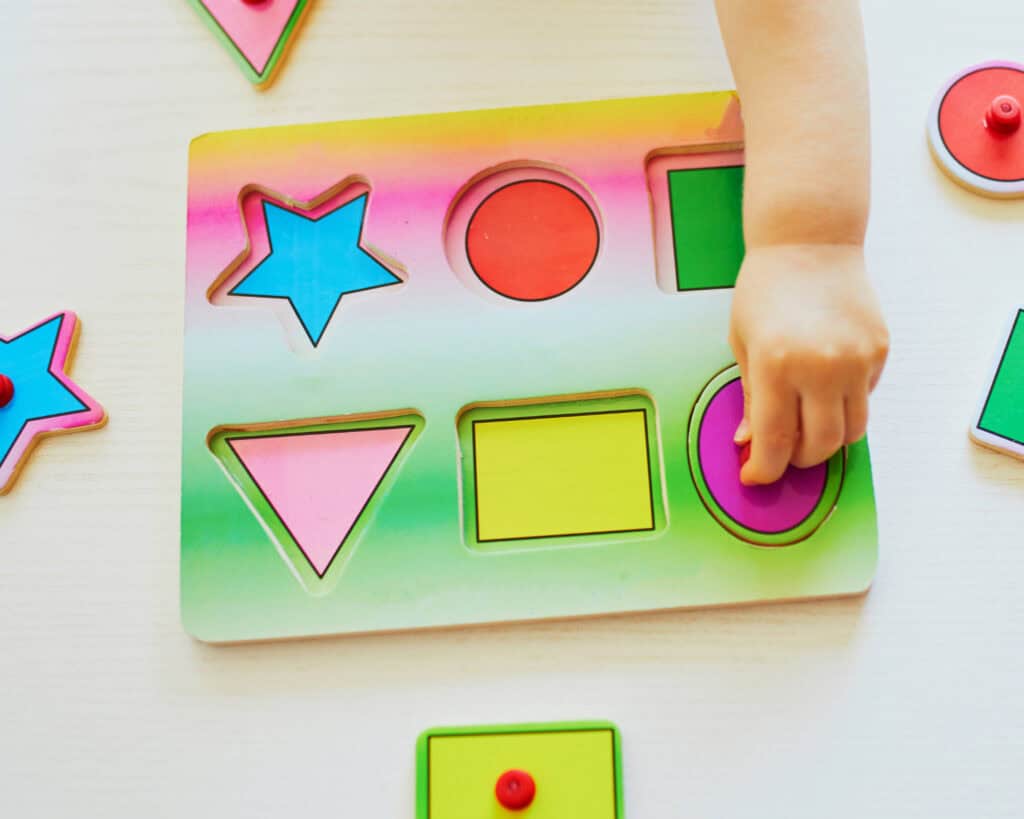
9. Simple Puzzles
Puzzles are a great way to engage your toddler’s mind. Start with simple, large-piece wooden puzzles featuring animals, shapes, or vehicles. Encourage your child to match the pieces to their corresponding spots. Puzzles teach problem-solving skills, enhance hand-eye coordination, and boost memory as your toddler remembers where each piece belongs. Choose puzzles with colorful and familiar images to make the experience even more engaging for them.
10. Cardboard Box Adventures
A cardboard box may seem ordinary to adults, but to toddlers, it can be anything from a car to a rocket ship. Find a large box and let your child’s imagination run wild. Help them decorate the box with crayons, stickers, or markers, turning it into their own creation. They can crawl inside, climb on top, or fill it with their toys for a pretend play adventure. Cardboard boxes provide an opportunity for imaginative play and gross motor development as your toddler interacts with the box in different ways.
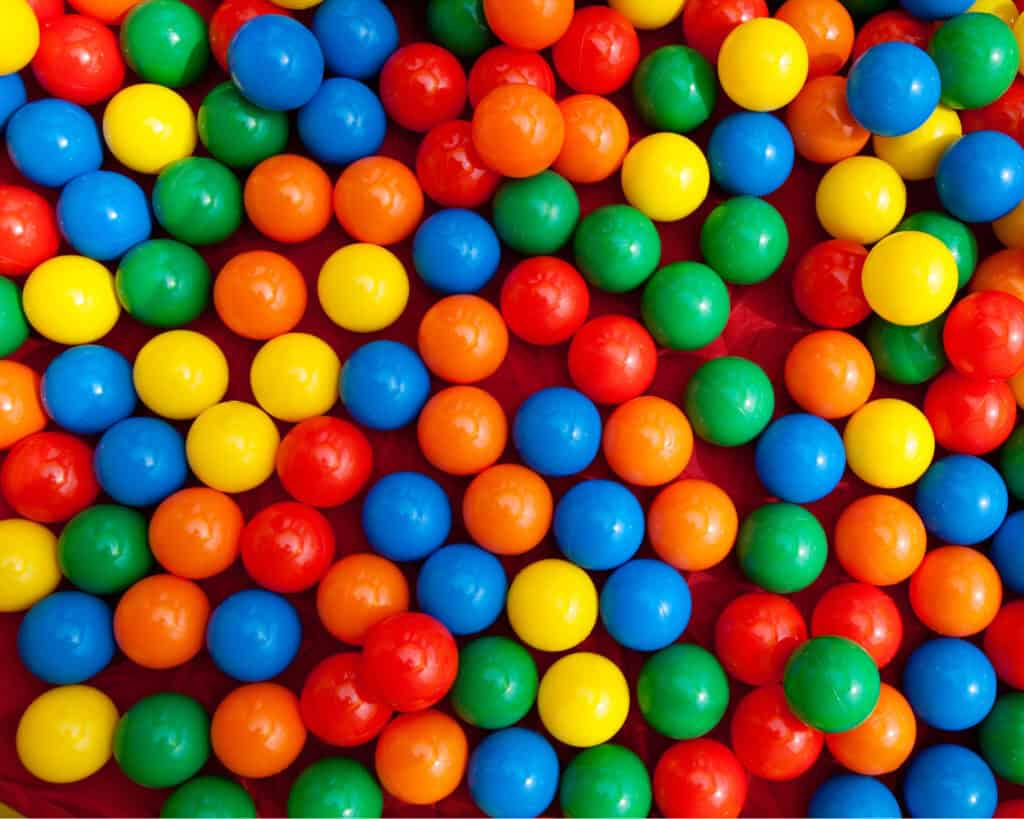
11. Ball Pit Fun
Turn an inflatable pool or playpen into a mini ball pit by filling it with plastic balls. Your toddler will love the sensory experience of sitting in and moving through the balls. They can toss, roll, or swim through the balls, providing hours of entertainment. Ball pits are great for sensory development, and they also encourage movement and physical activity as your child dives in and out of the pit. It’s a safe and engaging way to keep them active indoors.
12. Nature Walk and Collecting Treasures
Take your toddler on a nature walk or outdoor activities in your backyard or local playgrounds. As you stroll, encourage them to collect small treasures like leaves, sticks, rocks, or flowers. This activity encourages curiosity and teaches your child to observe the world around them. When you return home, examine the treasures together, talk about their colors, textures, and shapes, and use them to create a nature collage. This simple outdoor adventure combines exercise, sensory play, and early science exploration.
13. Music and Dance Party
Toddlers love music, and a dance party is a great way to bond while helping them burn off energy. Turn on their favorite songs, whether it’s nursery rhymes or fun pop tunes, and have a dance party together. Encourage your child to move to the beat, clap their hands, and wiggle their body. Dancing helps with coordination, balance, and motor skills. It’s also a fun way to introduce rhythm and musical expression to your toddler. For extra fun you can add some musical instruments your little one can play with a long to the music.
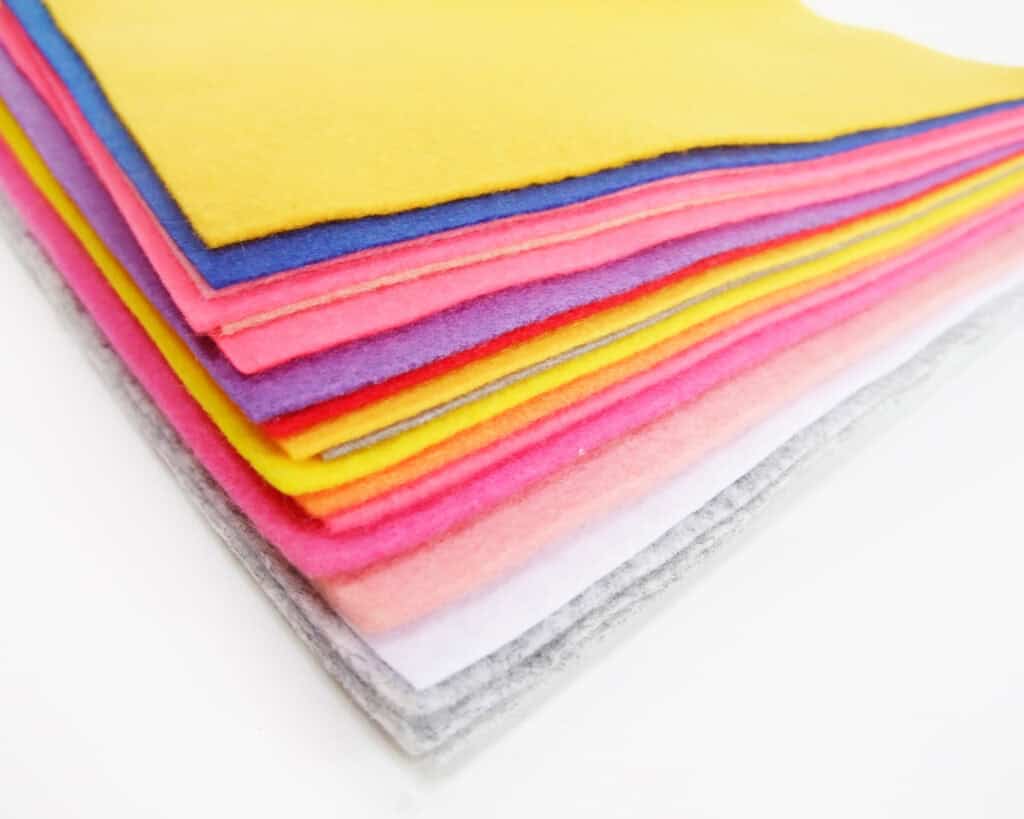
14. Felt Board Storytelling
Create a DIY felt board by covering a large piece of cardboard with felt, then cut out various felt shapes like animals, people, and trees. The soft felt pieces will stick to the board, allowing your child to arrange them however they like. Encourage them to create stories by moving the pieces around. This activity fosters creativity and imagination, as well as early storytelling skills. Plus, the felt pieces are easy for little hands to handle, making it a great fine motor exercise.
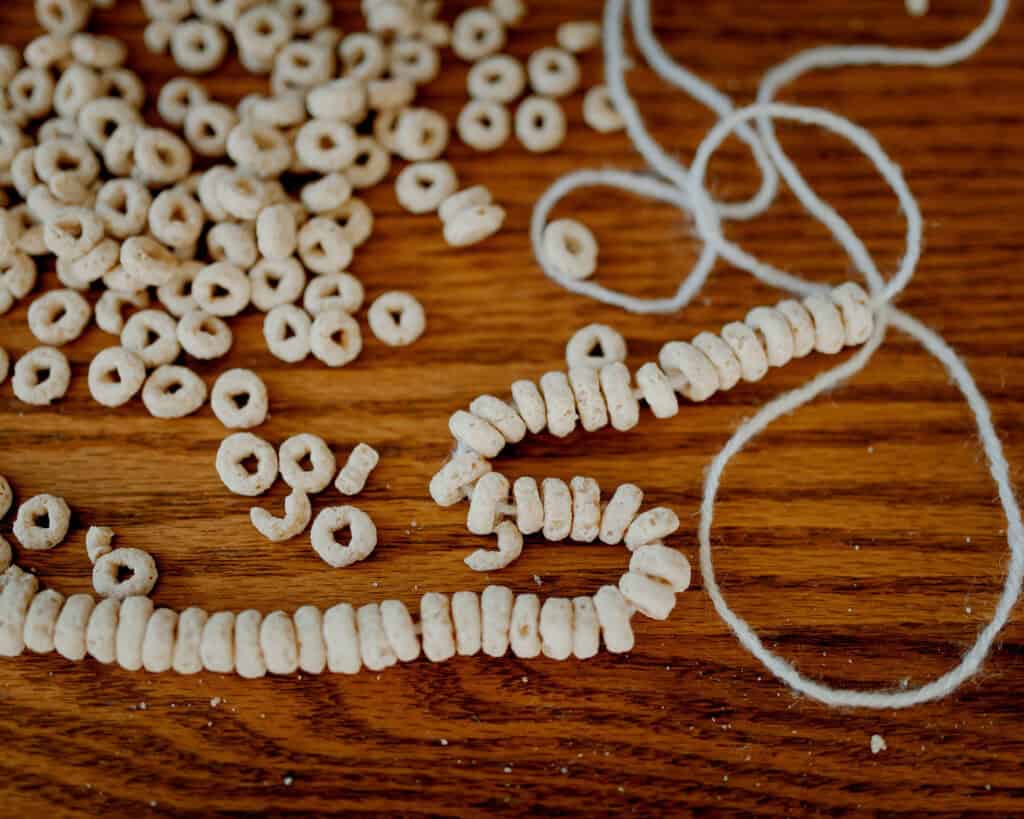
15. Cereal Necklace
Turn snack time into an activity by making edible cereal necklaces. Using yarn or a soft string, help your child string together pieces of cereal with holes, like O-shaped cereal. Not only will they enjoy wearing (and eating) their creation, but it’s also a great way to practice hand-eye coordination and fine motor activities. This simple craft keeps them engaged and gives them a fun, hands-on snack option.
16. Toy Washing Station
Set up a toy washing station by filling a shallow bin or bucket with soapy water and giving your child a sponge or washcloth. Let them “wash” their plastic toys, dolls, or action figures. This activity provides sensory stimulation with the water and bubbles, while also teaching life skills like cleaning. It’s a great way to combine play with practical learning, and your toddler will love the chance to splash and scrub in their own mini cleaning station.
17. Hide and Seek with Toys
Turn a classic fun game of hide and seek into a treasure hunt by hiding your toddler’s favorite toys around the room or yard. Give them clues and encourage them to find the hidden toys. This game promotes problem-solving, spatial awareness, and attention to detail. It also adds an element of excitement as your child searches for their toys in new and unexpected places.
18. Animal Sounds Matching Game
Help your toddler learn about animals and the sounds they make by playing a matching game. Use toy animals or animal picture cards, and as you make each animal sound, ask your child to find the matching animal. For example, make a “moo” sound and ask them to point to the cow. This game strengthens their listening skills, teaches animal recognition, and helps with early language development as they associate sounds with images or objects.
Happy DIYing with your toddler!
Engaging your 18-month-old toddler in these fun toddler activities and simple DIY activities isn’t just a way to pass the time—it’s an opportunity to help them grow, learn, and explore the world around them. Each of these activities is designed to boost your toddler’s development in key areas such as motor skills, cognitive abilities, and sensory exploration, all while keeping them entertained.
From sensory play like DIY shaker bottles to imaginative adventures in cardboard boxes, these activities will not only spark their creativity but also strengthen their problem-solving abilities and fine motor skills.
Remember, every child develops at their own pace, so feel free to tailor these activities to your toddler’s specific different levels of needs and interests. Don’t be afraid to get creative and join in the fun with your little toddler—after all, they learn best when they’re playing alongside you. The memories you create together during these moments will be priceless.
For more hands-on fun activities to help your toddler thrive like this 18 Best DIY Activities for 18-Month-Old Toddlers, visit our blog regularly for fresh ideas. And if you’re interested in more creative parenting tips, subscribe to our newsletter for exclusive content, or follow us on social media for the latest updates and inspiration!
If or when you do these diy activities for 18 month old. I’d love for you to tag us on Instagram so I can see your really DIY projects finished results!
COZY HOME, COZY RECIPES:
Every cozy home deserves amazing recipes, and it’s even better when those recipes are both delicious and healthy. Our goal is to provide tasty meals that are easy to make, regardless of your skill level.
Fast, easy meals leave more time for fun activities, making your home a hub of joy and good food.
CONNECT WITH US:
As always, we love hearing about your experiences with our “18 Best DIY Activities for 18-Month-Old Toddlers”. Reach out to us through our social channels. Any questions you have, we’re here to answer.
Stay updated by joining our newsletter, offering a monthly dose of new recipes and a first look at upcoming projects.
MORE COZY KITCHEN RECIPES:
If you’re hungry for more, explore our collection of Cozy Kitchen Recipes. Another healthy favorite is the “Sausage Potato Veggie Bake.” Find these recipes and more here.
DIY RESOURCES:
For additional resources, check out our DIY Tutorials, offering a wealth of information to enhance your home improvement skills.

